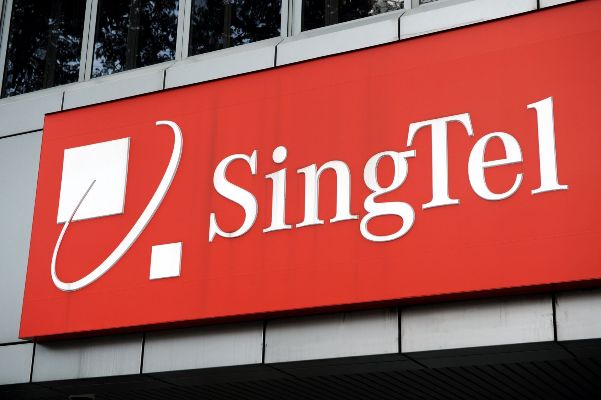At the Mobile World Congress (MWC 2014), Barcelona, Ericsson today announced its deal with SingTel for LTE-Advanced, LTE Broadcast and Radio Dot System
There are three distinct benefits to the Singapore-based telecom operator.
First, SingTel customers can benefit from 300Mbps mobile broadband service with LTE-Advanced in association with Ericsson.
Second, users can get improved video streaming with LTE Broadcast technology.
Third, there will be enhanced indoor coverage with Ericsson Radio Dot System technology.
Tay Soo Meng, group chief technology officer, SingTel said: “SingTel is continually enhancing and upgrading its networks to deliver the fastest and most consistent mobile services. We are focused on improving customer experience by adopting the latest technologies and pushing the boundaries of innovation.”
SingTel is working with Ericsson to upgrade its Singapore 4G network to LTE-Advanced later this year. This will enable SingTel to boost the maximum data speeds of its 4G service to 300Mbps. This is double the speed currently offered.
LTE-Advanced enables the aggregation of multiple mobile spectrum bands, delivering higher data speeds, greater spectral efficiency, and an increase in system capacity. Network performance on the cell edge will also be greatly improved, providing mobile users with better coverage and experience.
SingTel will undertake a trial of LTE Broadcast technology in the second half of the year to offer better video.
LTE Broadcast will enable a virtually unlimited number of mobile users in densely populated areas to stream high quality live broadcast videos simultaneously to their mobile devices. The solution makes the most efficient use of mobile frequency spectrum and network resources.
SingTel will undertake a trial of Ericsson Radio Dot System solution in the second half of the year.
The solution will complement SingTel’s recent roll-out of Small Cells solution in locations such as underground basements and car parks where conventional base stations and radio network equipment cannot be installed.






